- Category
- Latest news
Biggest Strike of the War Hits Major Russian Air Bases. Here’s What It Means for Russia’s Air Power
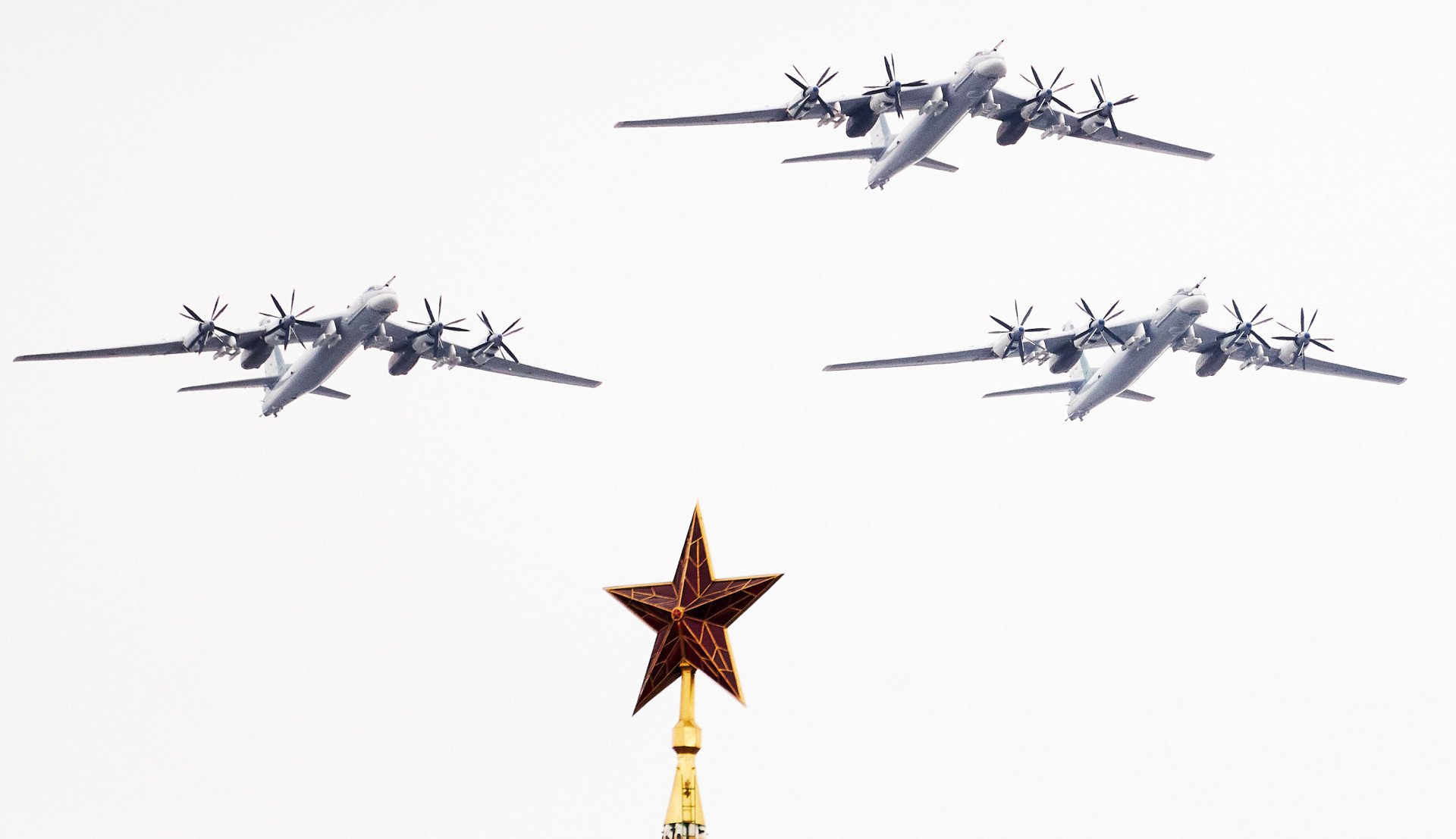
Multiple long-range Russian aircraft, including Tu-95 strategic bombers, were destroyed in coordinated drone strikes targeting Russia’s Olenya, Belaya, Dyagilevo, Ivanovo-Severny, and Voskresensk airbases.
The full extent of the damage is still being assessed, but preliminary estimates suggest Russia may have lost at least $150 million worth of irreplaceable aircraft in a single day.
💥 New footage of the attacks on Russian military air bases has surfaced online. pic.twitter.com/P6MPqv0IpC
— UNITED24 Media (@United24media) June 1, 2025
The strikes severely degraded Russia’s ability to project strategic power, especially via its long-range nuclear-capable bomber fleet and airborne surveillance assets. These aircraft are no longer in serial production and cannot be quickly replaced, compounding the damage for Russia’s military planners.
Multiple reports indicate that at least three or four Tu-95 strategic bombers—each worth an estimated $50 million—were destroyed in the attack, along with other critical aircraft.
👀 Russian air bases were reportedly attacked by drones launched from trucks, with alleged footage of the attack surfacing online.
— UNITED24 Media (@United24media) June 1, 2025
Previosly, it was reported that four Russian air bases came under drone attack, with dozens of planes damaged. pic.twitter.com/4ELxNtlFsG
The Olenya airbase, as well as Belaya, located deep in Russia’s north, is home to several long-range bombers capable of carrying nuclear-capable cruise missiles.
Tu-95MS “Bear”: the nuclear workhorse of Russian long-range aviation
Among the most prominent casualties are multiple Tu-95MS strategic bombers—Cold War-era giants designed to carry and launch Kh-55 and Kh-101 nuclear-capable cruise missiles with ranges exceeding 2,500 km (1,550 miles).
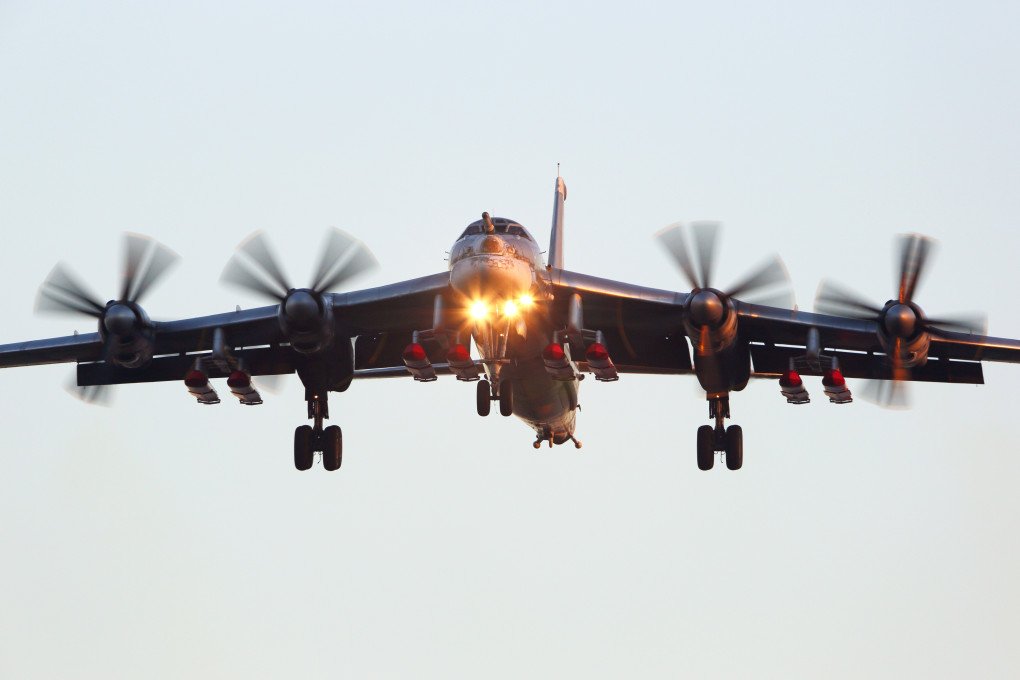
Each Tu-95 can carry up to 16 cruise missiles, either internally or on wing-mounted pylons, allowing it to conduct long-range nuclear or conventional precision strikes.
Despite its vintage airframe, the Tu-95MS remains the backbone of Russia’s air-based nuclear deterrent, alongside the more modern Tu-160. Destroying even three or four of these aircraft in one day constitutes a serious hit to Russia’s second-strike capability.
Importantly, Russia has not built a new Tu-95 since the early 1990s. Most of the existing fleet has been refurbished, but ongoing Western sanctions and export restrictions on avionics and engine components have made even routine maintenance a challenge.
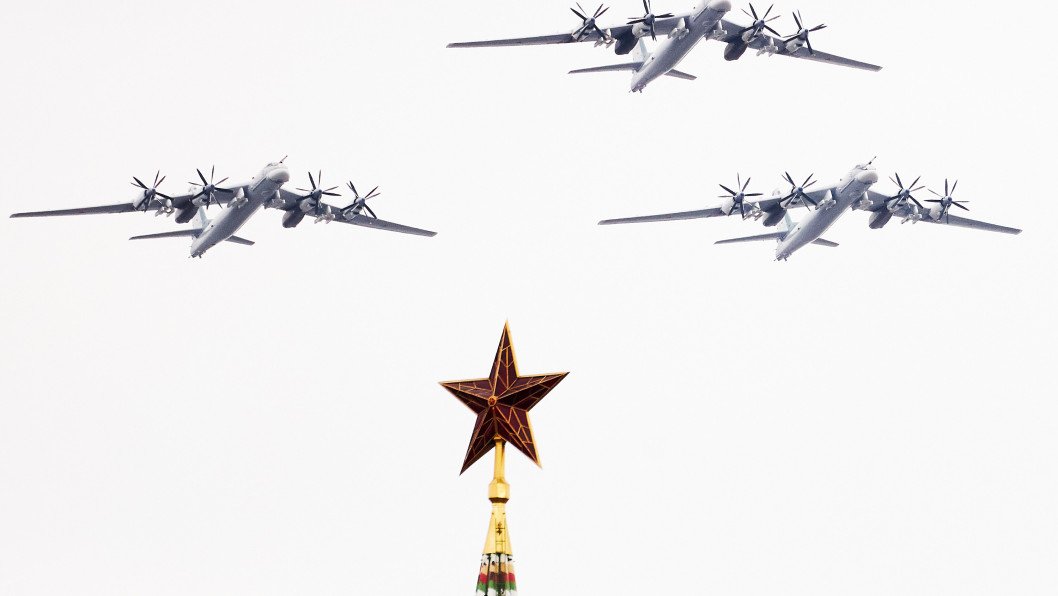
Tu-22M3 “Backfire-C”: supersonic bomber for regional nuclear and conventional strikes
The Tu-22M3, another aircraft reportedly targeted, plays a vital dual role in Russia’s long-range aviation fleet.
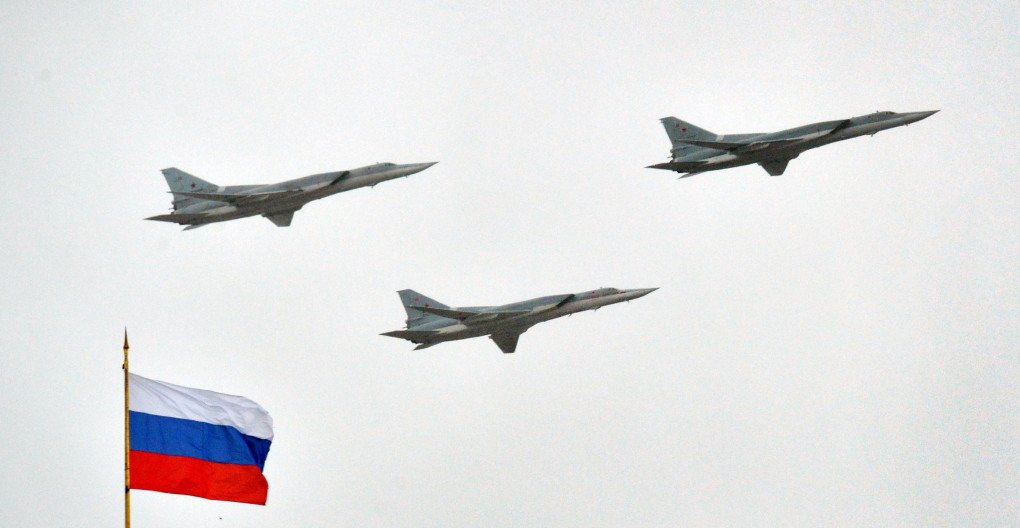
Known for its supersonic speed (Mach 1.88) and long operational range of around 7,000 km (4,350 miles) with aerial refueling, the Backfire-C is capable of launching Kh-22 and Kh-32 cruise missiles, including nuclear payloads, against ground and naval targets.
In recent years, Tu-22M3s have been widely used in strikes across Ukraine, frequently carrying conventional high-explosive ordnance. However, they are also integral to Russia’s regional nuclear deterrence posture, particularly in Europe and the Black Sea region.
Only around 60 Tu-22M3s remain in service, and they are no longer produced. Any loss from this fleet is a major blow, especially given their aging airframes and high maintenance demands.
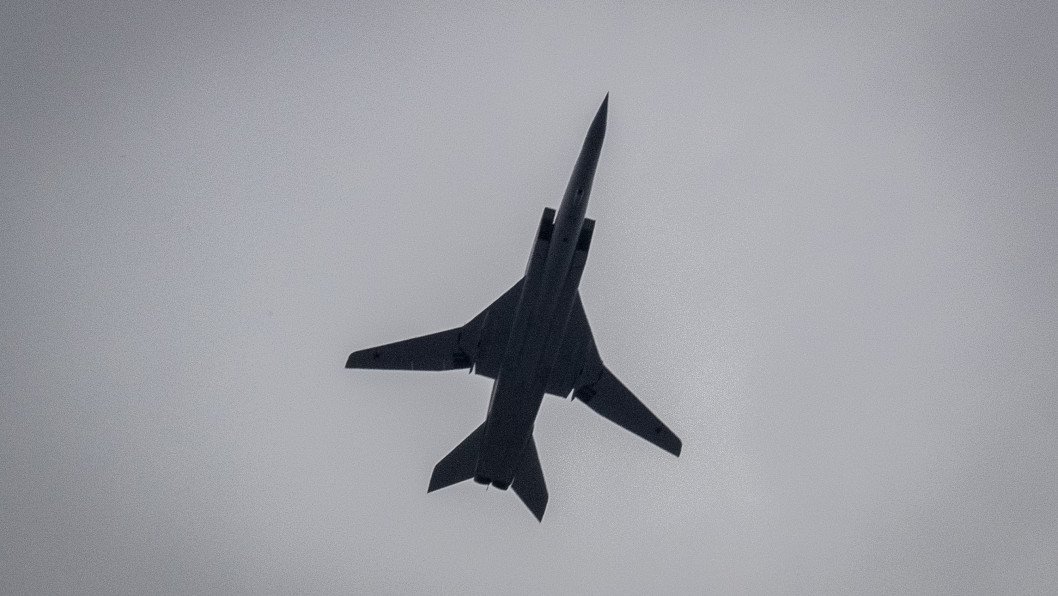
Tu-160 “Blackjack”: Russia’s nuclear crown jewel
Though unconfirmed, some reports suggest that a Tu-160 bomber may also have been present during the Olenya base strike.
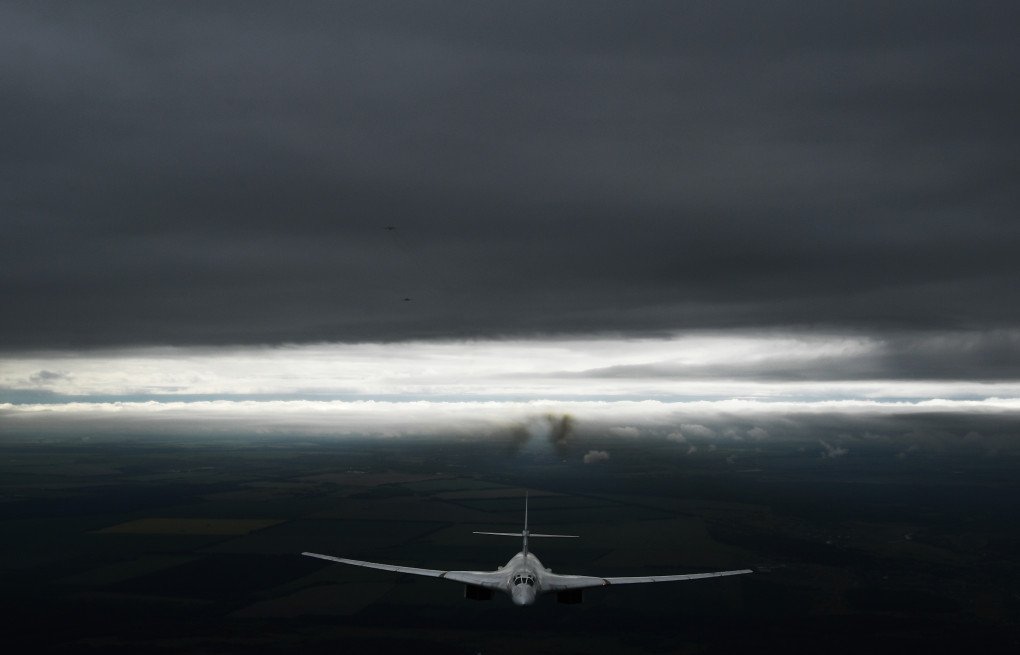
The Tu-160 is Russia’s most advanced strategic bomber, with variable-sweep wings and a massive weapons payload of up to 40,000 kg (88,000 lb).
It can carry 12 Kh-102 nuclear cruise missiles, the nuclear-tipped version of the Kh-101, which has a range exceeding 5,000 km (3,100 miles).
The Tu-160 fleet is extremely limited in number—fewer than 20 are operational—and their production line was only recently restarted in Kazan in limited form. The loss of even one would be a devastating strategic setback.
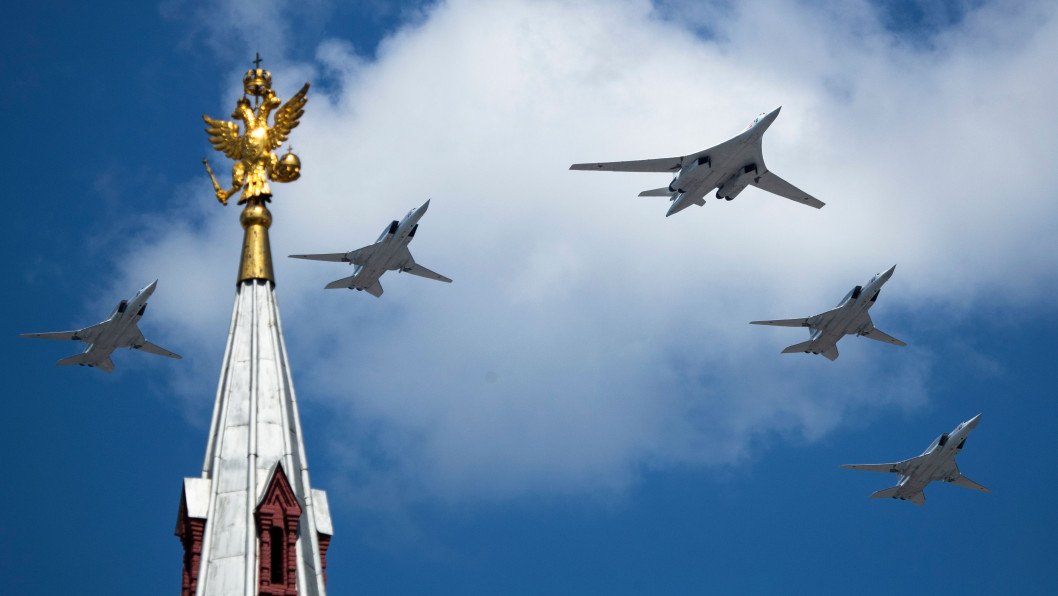
A-50 “Mainstay”: Russia’s eyes in the sky now blinded
One of the most significant confirmed losses is the Beriev A-50, an airborne early warning and control (AEW&C) aircraft designed to detect, track, and coordinate air and missile threats across vast distances. The A-50’s Shmel radar system can monitor up to 60 targets simultaneously at a range of over 600 km (370 miles), depending on target size and altitude.
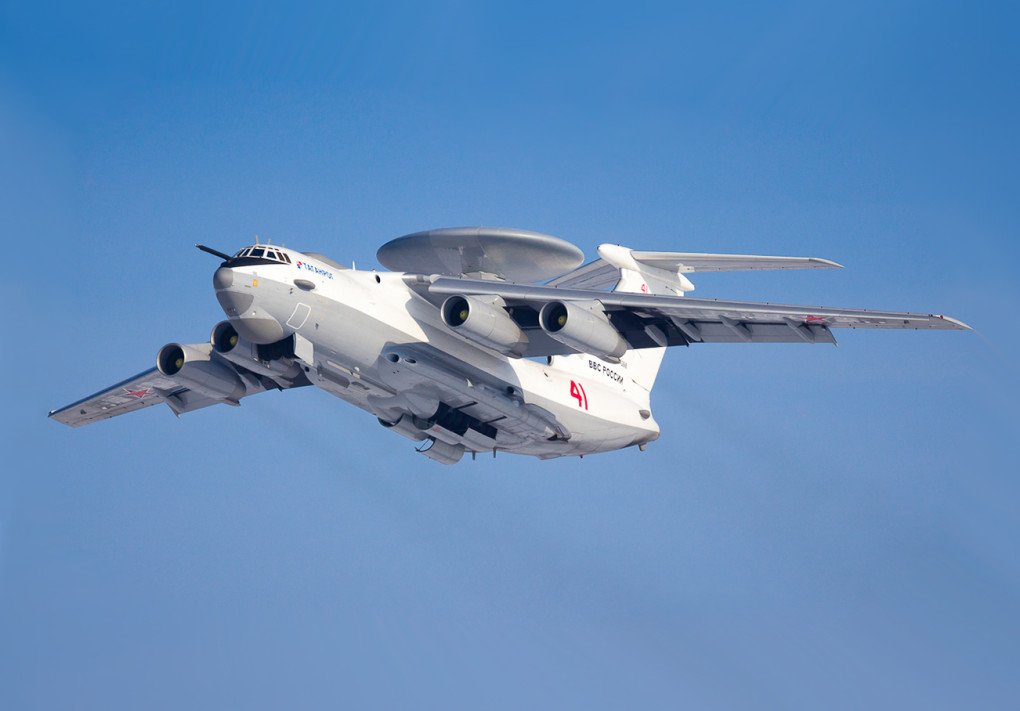
It plays a crucial role in airspace control, fighter coordination, and guiding long-range missiles, making it a vital command-and-control asset. The A-50 also supports Russia’s air defense network, helping link S-400 and S-300 systems during combat operations.
Fewer than 10 modernized A-50U variants remain in Russia’s inventory. They are highly specialized, complex aircraft that cannot be replaced quickly due to the lack of domestic production capacity and reliance on outdated Soviet-era components.
“Losing an A-50 is like tearing out the eyes and ears of an entire air campaign,” one NATO officer commented. “It’s a blow to both Russia’s offensive and defensive capabilities.”
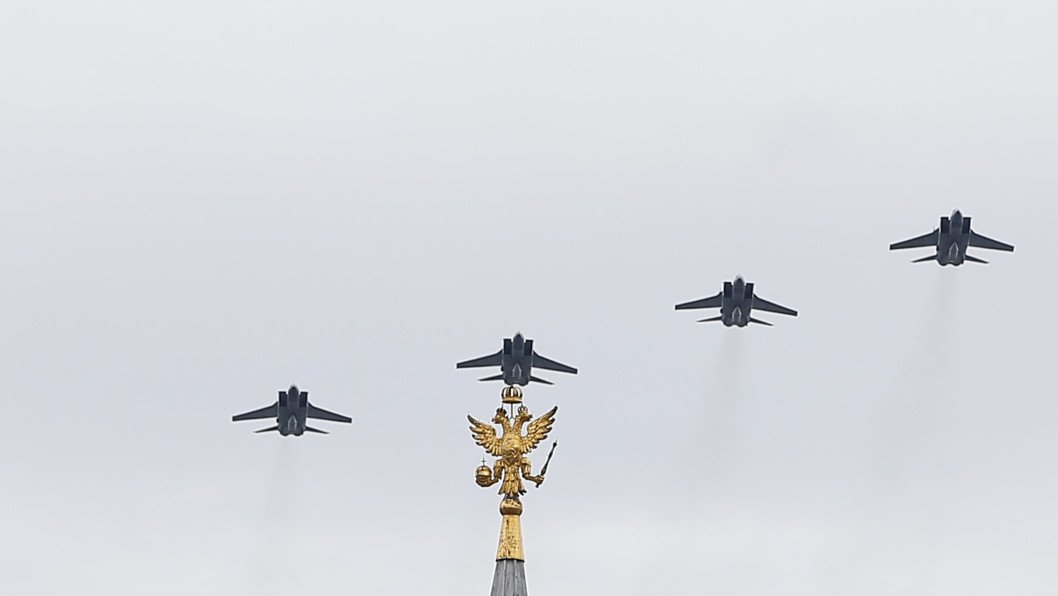
Strategic Implications: A Blow Moscow Can’t Easily Recover From
This latest strike doesn’t just weaken Russia’s ability to launch long-range attacks—it reveals a deepening vulnerability in its strategic deterrence infrastructure. All four aircraft types destroyed or damaged—Tu-95, Tu-160, Tu-22M3, and A-50—are aging Soviet-era platforms that are difficult or impossible to replace under current wartime and sanction constraints.
The consequences are not just military, but geopolitical. A weakened Russian bomber force emboldens NATO, especially on its eastern flank, and may create new space for political and military maneuvering by allied states. For Ukraine, these strikes signal an evolution in asymmetric warfare—where drones can now dismantle billion-dollar weapons systems from hundreds of miles away.
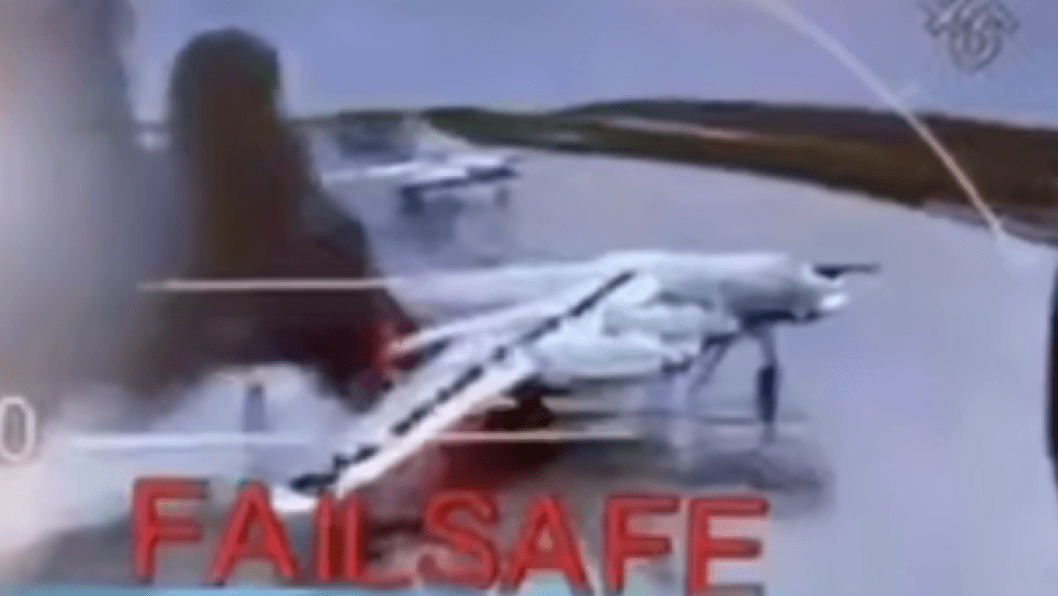
Earlier, reports emerged that Ukrainian forces destroyed a Russian Tu-22M3 long-range strategic bomber, valued at approximately $100 million, using a drone.
“The Tu-22M3 landed—and our drone struck it,” Syrskyi said, highlighting the bold and precise nature of the operation.
The bomber was reportedly taken out just moments after landing, underscoring Ukraine’s growing ability to strike high-value Russian military assets far beyond the front lines.
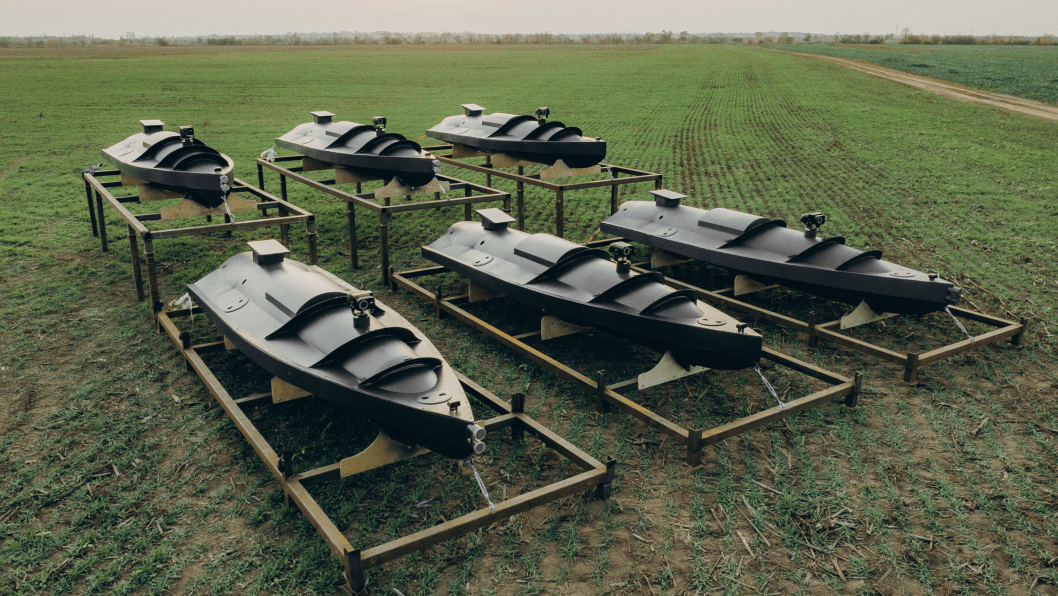

-ce9a134791207c81306f56ab3d75ffb6.jpg)
-72b63a4e0c8c475ad81fe3eed3f63729.jpeg)
-45ed3be17a7bb74903649ed9258196f8.jpg)

